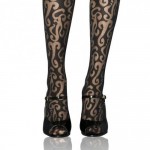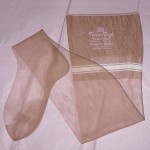 Okay girls, you really need to know this stuff and it’s my solemn responsibility to teach you! “Boarding“? What’s that you ask? Why am I reading this? What are you talking about? Do you love your legs? Yes? Read on…
Okay girls, you really need to know this stuff and it’s my solemn responsibility to teach you! “Boarding“? What’s that you ask? Why am I reading this? What are you talking about? Do you love your legs? Yes? Read on…
Hosiery is sooooooooooo very important. That being said, you should know about boarded hosiery. When you buy fine hosiery, “boarding” is an important consideration.
Boarding
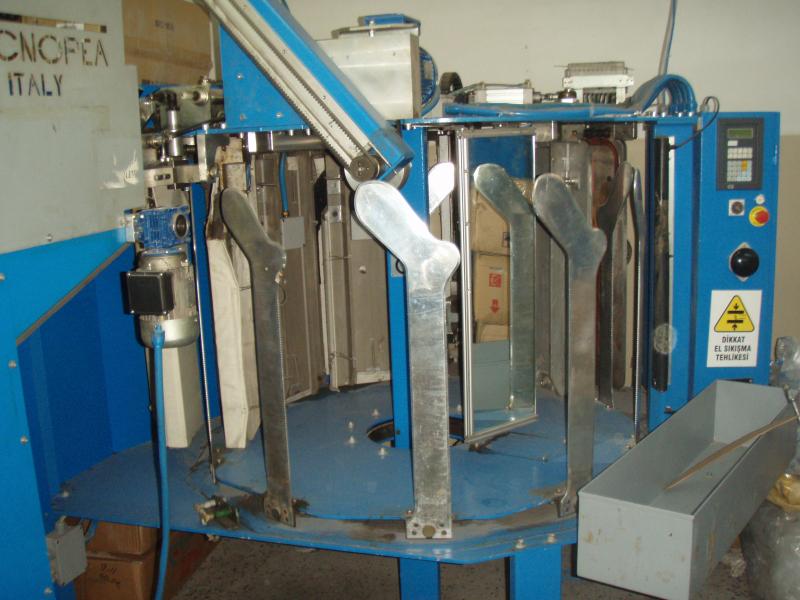 “Boarding” is the process of placing the pantyhose over leg forms where they are steamed and heated to the desired shape. The process is used in hosiery manufacture to improve the final presentation. This is usually done after dying, when the damp hosiery is pulled over metal forms (originally made of wood –
“Boarding” is the process of placing the pantyhose over leg forms where they are steamed and heated to the desired shape. The process is used in hosiery manufacture to improve the final presentation. This is usually done after dying, when the damp hosiery is pulled over metal forms (originally made of wood –  hence “boarding”) and subjected to pressure and steam. The high temperatures combine with the yarn used to ensure that the shape is set. Boarding is sometimes done before the dyeing process, depending on the desired final product. With less expensive hosiery, this step may be completely bypassed and the pantyhose packaged in their relaxed state.
hence “boarding”) and subjected to pressure and steam. The high temperatures combine with the yarn used to ensure that the shape is set. Boarding is sometimes done before the dyeing process, depending on the desired final product. With less expensive hosiery, this step may be completely bypassed and the pantyhose packaged in their relaxed state.
Some Examples Of Boarded Hosiery
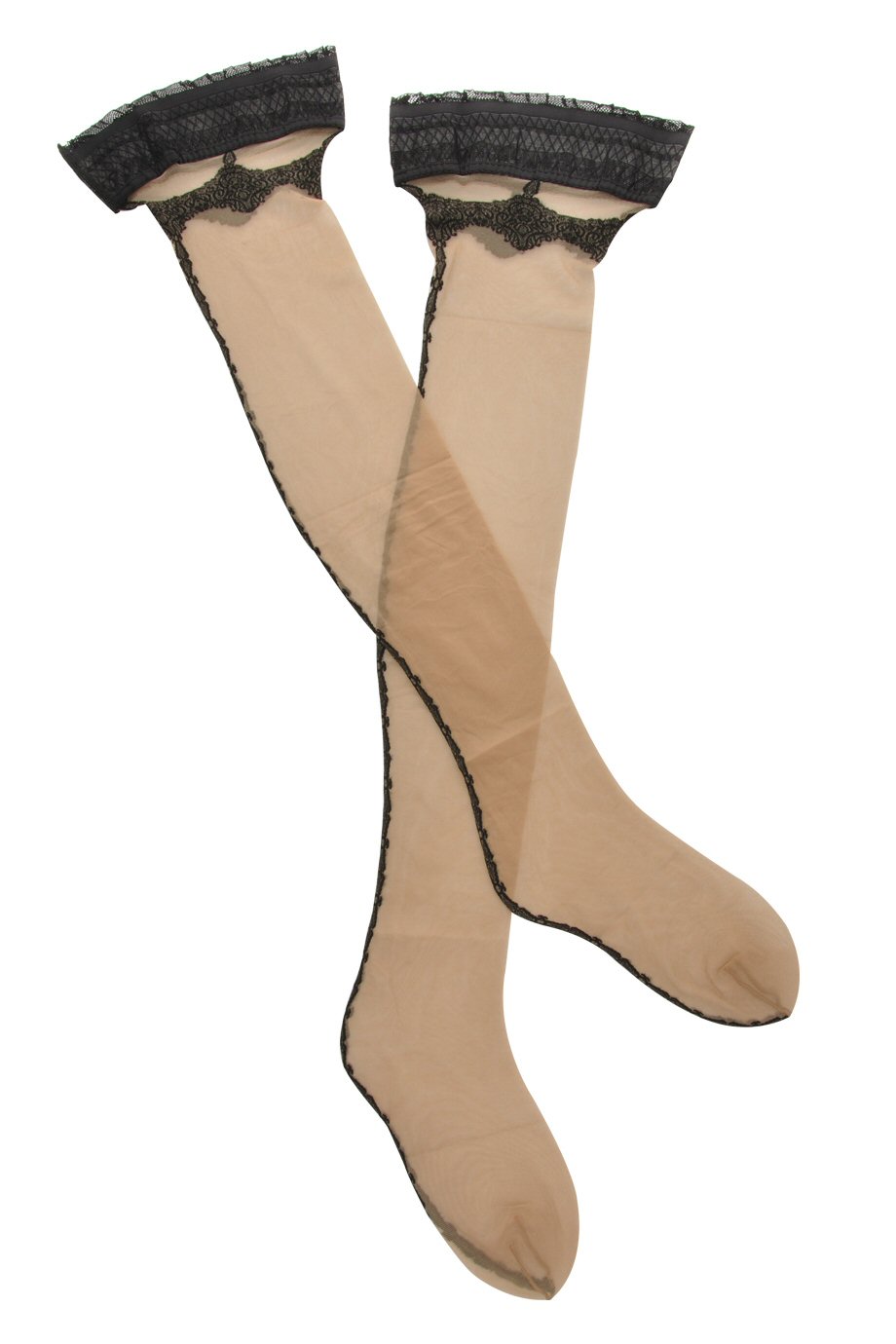 |
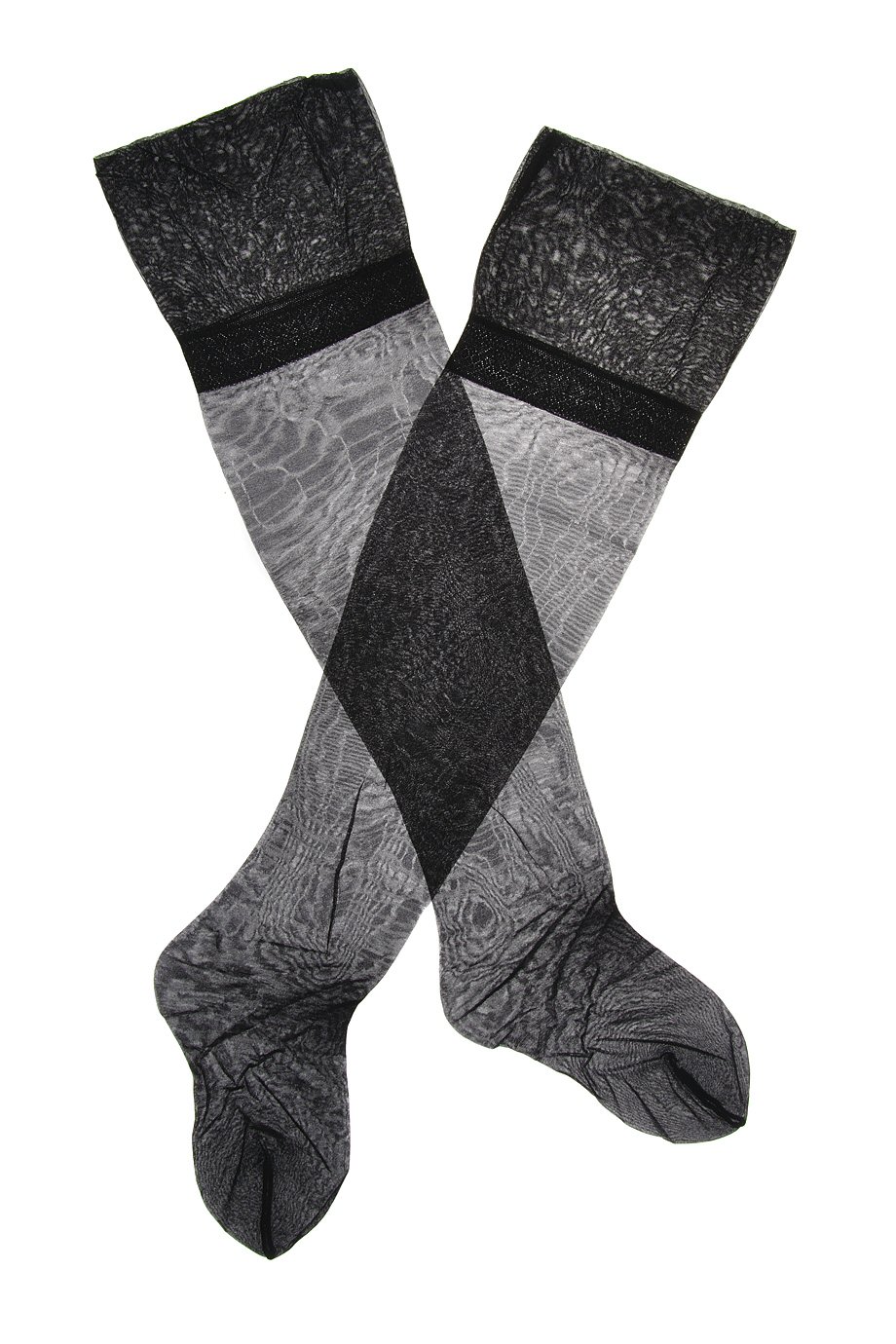 |
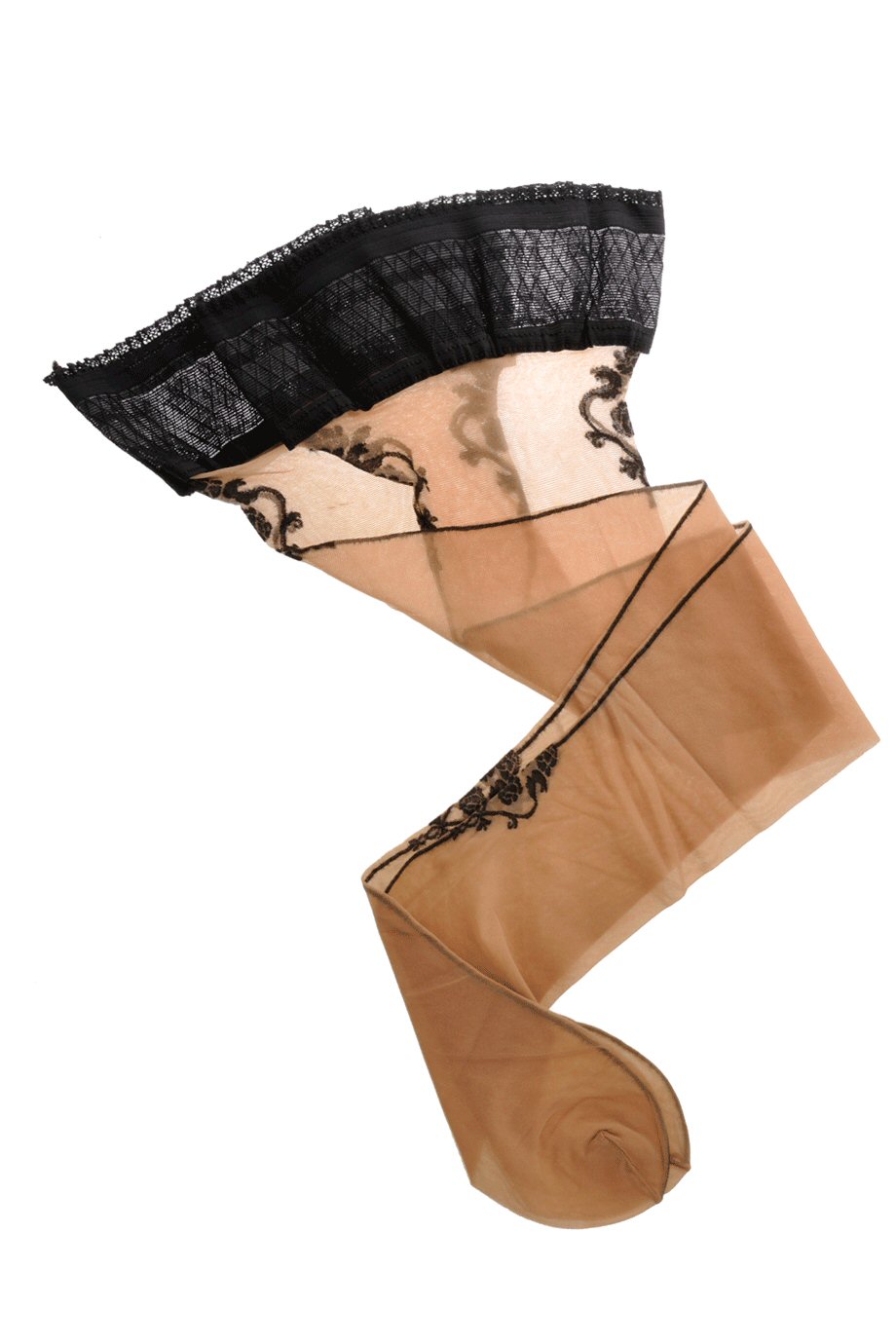 |
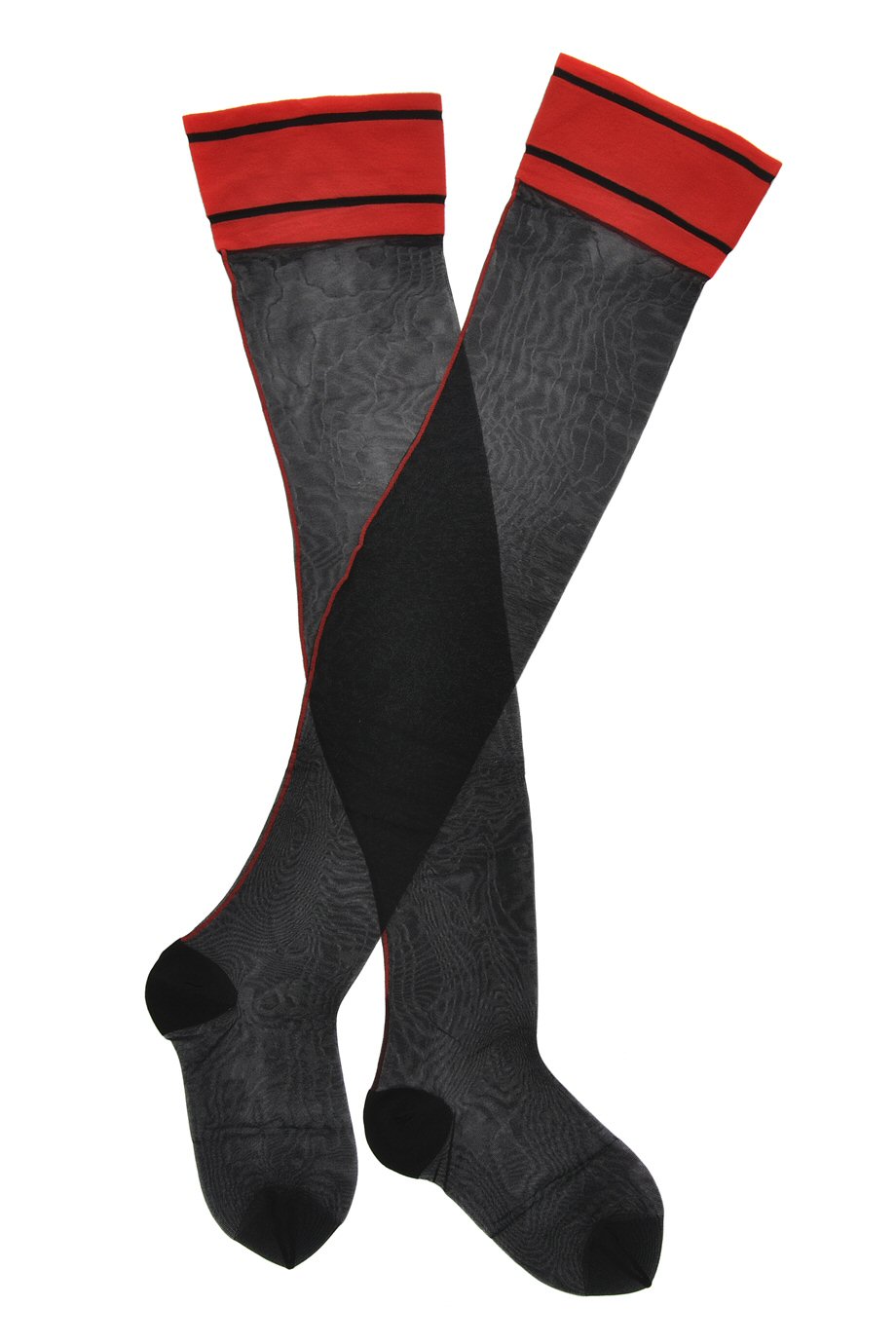 |
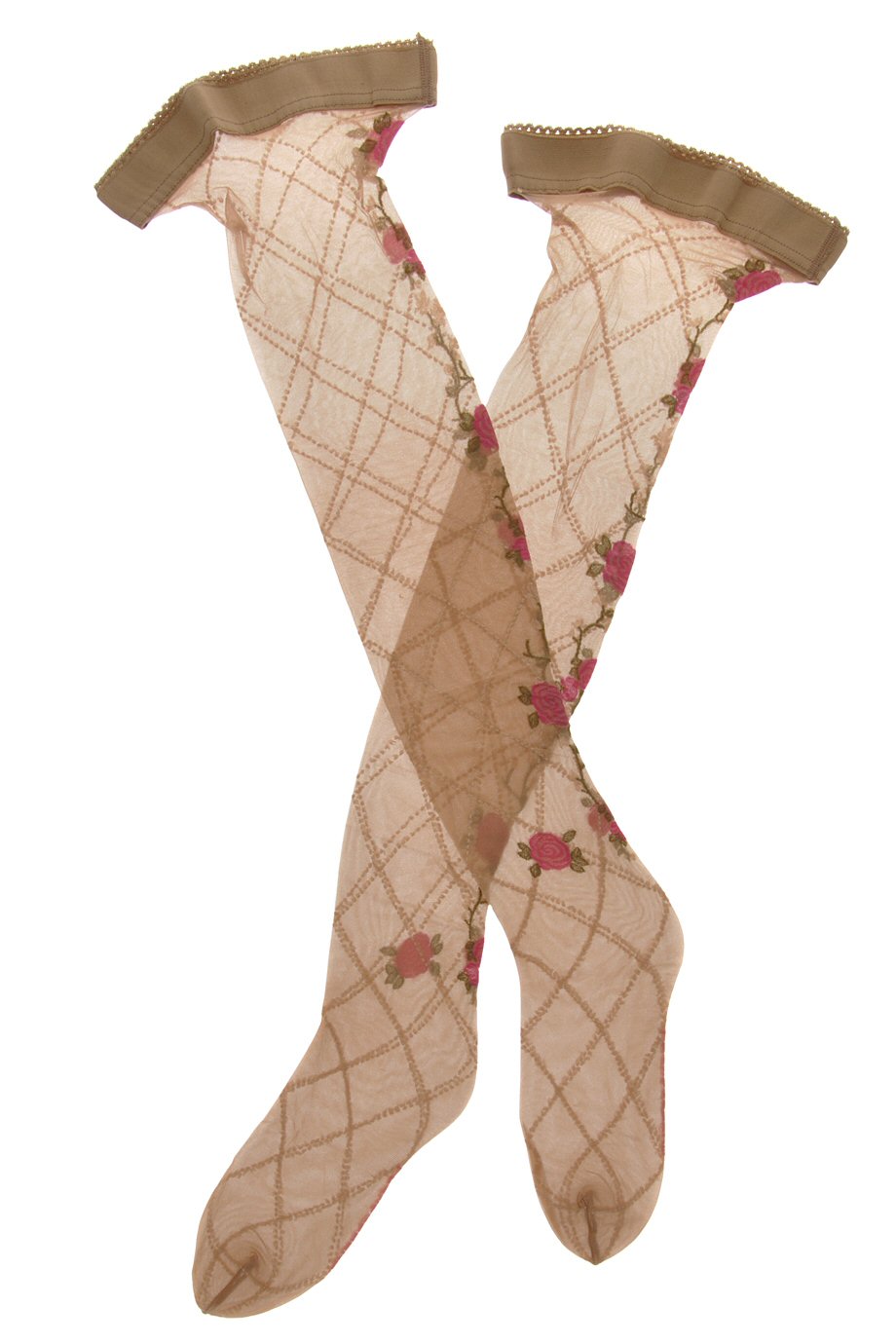 |
Some Examples Of Unboarded Hosiery
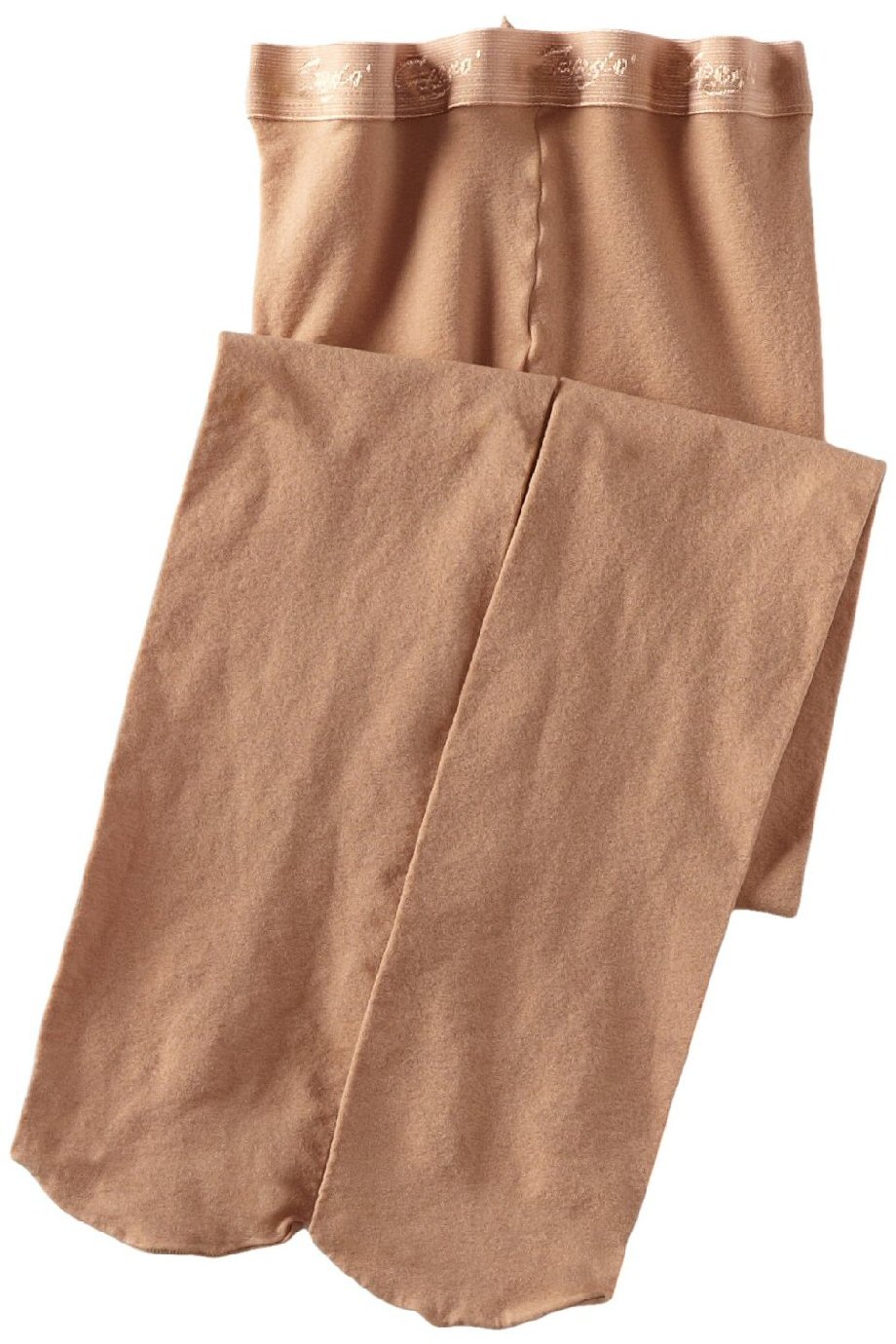 |
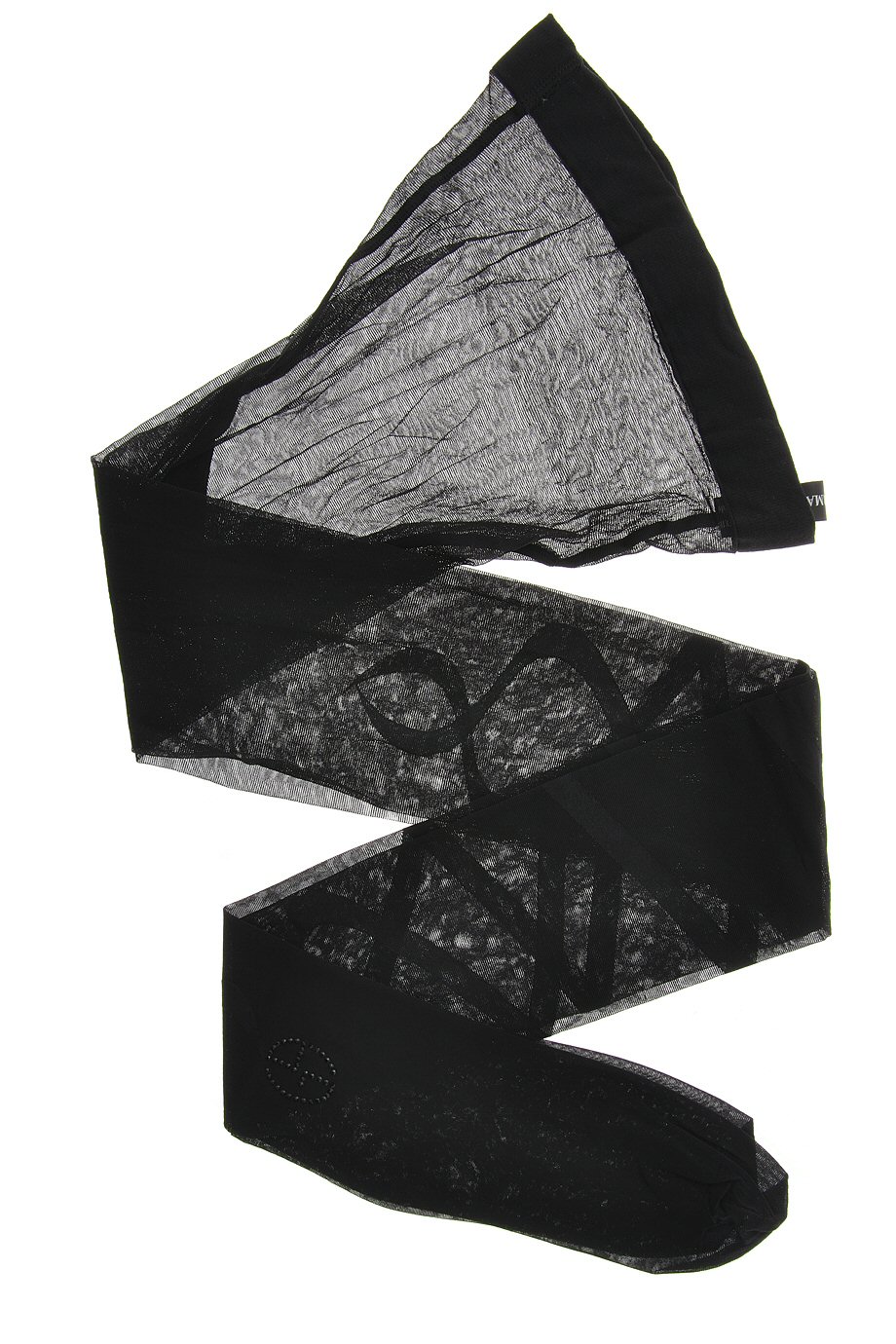 |
 |
 |
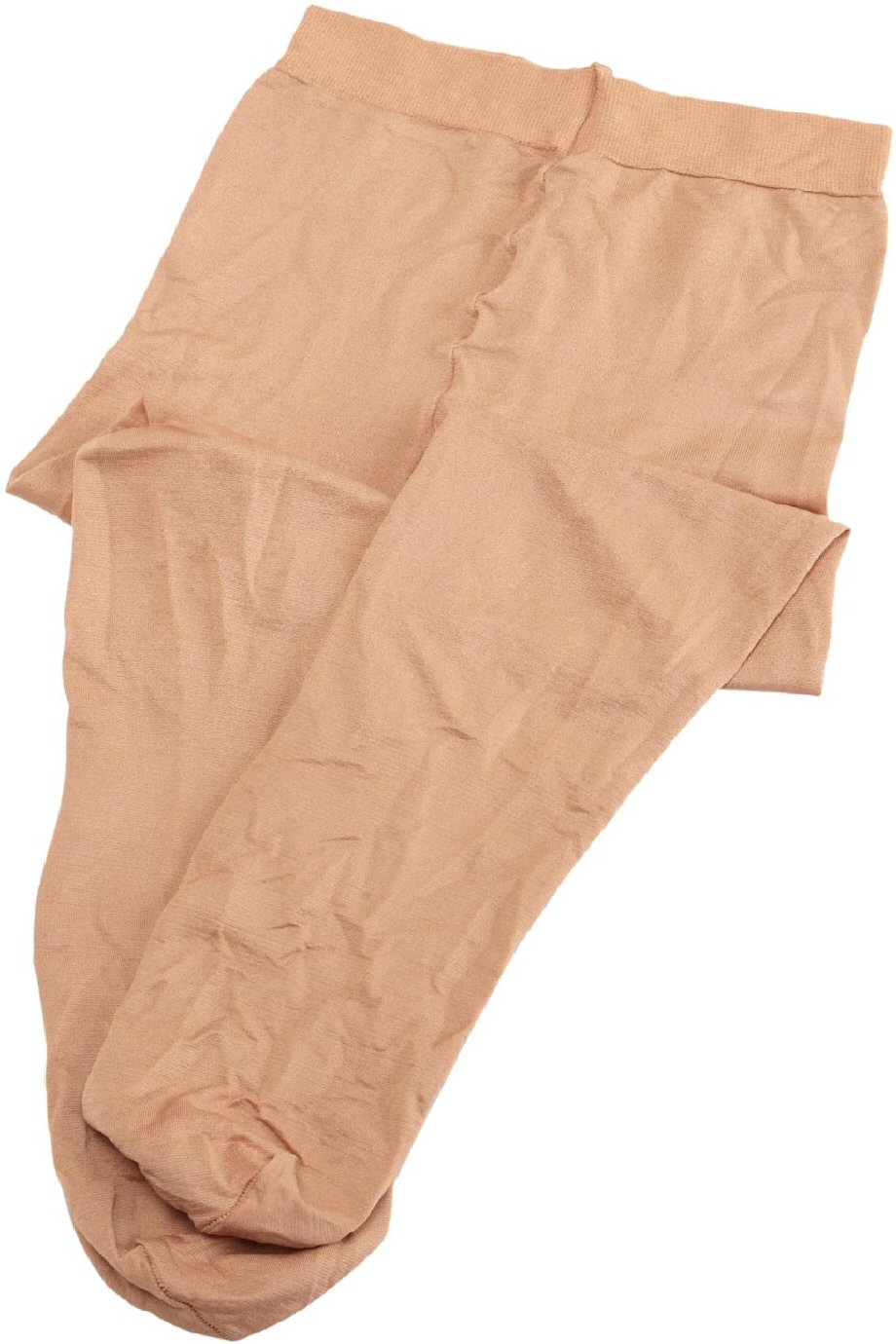 |
Manufacturing Process
Modern stockings, pantyhose, and thigh-highs are made by either two methods: flat knitting or the use of circular machines. Following the original hosiery manufacturing techniques of the 30s – 50s, flat knitting is one of the methods used (one that was used before the invention of the circular machine). After the fabric has been produced, each thigh-high is individually seamed. The top of the seam has a finishing loop, a small hole that every seamed thigh-high has as a result of the machinist turning the welt (the thigh-high top) inside out, in order to finish off. Once sewn, the thigh-highs are boarded. This is a process where each thigh-high is stretched over a flat metal leg form and set with steam. The knit tightens, creases are eliminated and the leg is correctly shaped. Because the process is time consuming, seamed thigh highs are never cheap. Couple this with the fact that around a third of production (especially during the production of sheer stockings) is discarded during quality control.
Thigh-highs are now most often produced on circular machines that eliminate the need for back seams by knitting tubes that are then set to the shape of the leg. While the first circular machines produced sheer stockings with a reinforced heel pocket, modern machines have eliminated this, offering a better fit regardless of the wearer’s shoe size. The addition of lycra to the stocking yarn is possibly the biggest break-through in hosiery manufacturing, the result being thigh-highs that combine elasticity with the ability to cling perfectly to the leg.
Incidentally girls, if you ever get to North Carolina (or Italy!) take the time to go on a tour of one of the hosiery mills. It’s very cool to see how things are made (plus you can get free samples!)…
Help from Wikipedia…

